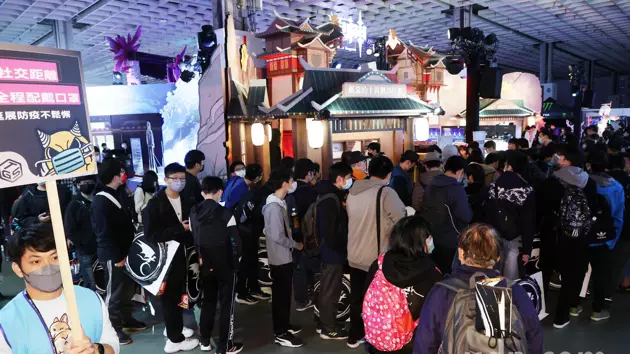Hybrid expos bridge world in post-pandemic expo industry
2022/02/07 | By EDNIn the past two years, the global COVID-19 outbreak has caused major international exhibitions to be canceled one after another, prompting waves of changes needed to overhaul the marketing model of traditional physical exhibitions. In the past, many international buyers mainly sought overseas potential partners and agency brands by participating in major international exhibitions.
However, as the multiple waves of outbreaks worldwide were ineffectively contained, international buyers have turned to online or hybrid expos, taking advantage of online video conferences, forums, and B2B procurement meetings to network and negotiate with international partners and potential brands.
During the epidemic, the convenience, relative smoothness, and cost reduction advantages of digital procurement and online negotiation for international buyers have been difficult to ignore. Therefore, Taiwanese companies should keep up with the global trend and implement digital transformation features. In addition to physical exhibitions, they should continue to use digital models to develop markets and international buyers.
Since 2019, the Marketing Institute of the Commerce Development Research Institute has been ahead of the curve in developing "non-exhibition" digital marketing modules. It has assisted more than 300 SME brands of consumer products, system equipment, and equipment products in advancing the new online models. These tools are often employed in the ASEAN and South Asian markets to explore new business opportunities, create added value for products, and use professional content marketing to attract international buyers to place orders successfully.
Before the world began implementing travel restrictions due to the pandemic, Taiwan's main channel for exporting consumer products went overseas mainly through exhibition marketing, focusing on product specifications, ingredients, and quality, meeting potential buyers at international B2B exhibitions and developing orders.
However, in the post-pandemic era, as buyers' purchasing behavior has shifted from offline physical exhibitions to online exhibitions, the survey found that buyers are paying more attention to whether the Taiwanese brand is well-known in the local market.
Commerce Development Research Institute's marketing experiment in the Vietnamese market showed that it has successfully developed a marketing model called the "Micro-Influencer Force," using 50 micro-influencers with 10,000 to 50,000 local fans which can produce "live broadcasts" to promote brands.
Although micro-influencers are not as well-known as celebrities, bloggers, or opinion leaders in the industry, they have a large number of followers or viewers. Still, their fees are relatively low, and they have a high degree of interaction and trust with their fanbase.
Through this marketing model, the Institute has successfully assisted the industry in building platform brand awareness in the Vietnamese online community; through live broadcast sales, it has quickly created a topic in the market that has aroused heated discussions among online users.
Consumer goods buyers do not focus on quality or price but on the "lifestyle" conveyed by brands and products and how brands communicate with consumers. At the same time, the Institute found that the "desire" and "lifestyle" created by the brand are difficult to show through traditional exhibitions or B2B online business platforms. Instead, the brand spirit, image, and style should be presented through "creative digital curation" through scene-based multimedia content marketing to engage with global buyers.
While the aforementioned model is more suitable for consumer goods than the B2B market, there are still lessons to gain. When Taiwan's traditional industries cannot travel to international expos, they must rely on online platforms to promote their brand awareness.
Through creative digital curation, the industry can quickly communicate the characteristics of its products to buyers through videos and create added value by combining consumption scenarios, attracting the attention of buyers from different countries, and conducting cross-market digital marketing overseas.
(The author is the head of the Marketing and New Media Research Institute of the Business Development Institute. The article was translated by CENS, and edited for clarity.)





